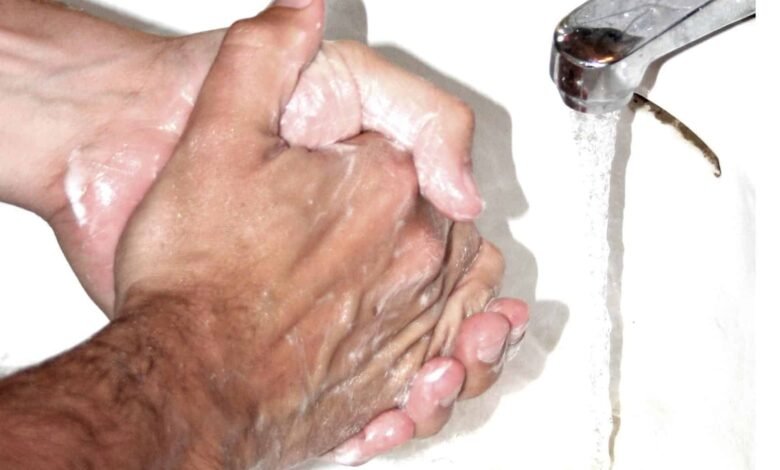Lambliosis

Lambliosis or girardiasis is an infection of the small intestine with the single-celled organism called Giardia lamblia.
People become infected with it by accidentally ingesting its cysts, which are often found in waters contaminated by untreated sewage or animal waste.
In developed countries, the disease is found in 2-5% of people, and in developing countries, which includes Bulgaria, the percentage of infected people can reach 33% of the population. And yet in the United States lambliosis is the most common intestinal parasitic disease. When travelers abroad develop diarrhea, it is most often caused by Giardia lamblia.
What are the causes?
Cysts of the unicellular organism can end up in the human body in many different ways:
• From contaminated water sources – Giardia lamblia is the most common cause of diarrhea from contaminated water. Sources of water contaminated with the bacteria can be public swimming pools where the water is not properly filtered and treated.Water in freshwater bodies such as rivers, lakes and reservoirs where people batheis also a potential source of contagion.
• Contaminated food that has been prepared by an infected person or food has been washed in contaminated water that has been exposed to manure.
• Direct contact with an infected person – infection can also occur due to the lack of good hygiene and most often infection occurs in kindergartens, nursing homes or through oral or anal sexual contact. About 50% of children become infected with Giardia lamblia in kindergartens, and 20% of infected sexually active homosexual men pass cysts in their feces. Family members, kindergarten staff, as well as people who have been in contact with the faeces of the infected person, are also at risk of infection.
What are the symptoms?
Giardiasis can manifest itself in different ways. Some people may be carriers of the parasite and have no symptoms, but Giardia lamblia causes cysts to be passed in the stool. Other people may develop acute or chronic diarrheal disorders 1-2 weeks after swallowing the cysts.
Acute diarrheal disorder:
• Diarrhea – up to 90% of people with giardiasis complain of diarrhea. Feces are described as watery and profuse at the onset of the disease. As it progresses, the stools become oily, foul-smelling. Blood, pus or mucus is usually not found in the stool. Symptoms can last from 1 to several weeks.
• Weight loss;
• Abdominal swelling, abdominal cramps accompanied by excessive formation of gases with a strong sulfur smell.
• In rare cases, nausea, vomiting, fever, rash or constipation.
Chronic diarrheal disorder:
• Diarrhea – faeces are often greasy, foul-smelling, yellowish in color, and diarrhea and constipation may alternate;
• Abdominal pain may increase when eating;< /strong>
• Weight loss;
Treatment of giardiasis
• Drink fluids such as sports drinks, diluted fruit juices, sparkling water, tonic or ginger beer, broths and soups. Fluids should be taken in small amounts frequently throughout the day. Avoid caffeinated beverages.
• Suck on ice cubes to prevent dehydration if you can’t stand liquids.
• After 12 hours may include eating more solid food such as potatoes, pasta, rice, toast, cereals, crackers and cooked vegetables.
• Avoid spicy, fatty and fried foods .



